Personal protective equipment
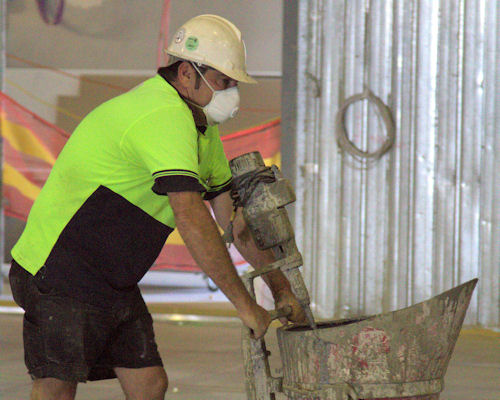 Audio for slide 2 (mp3 |6|KB)
Audio for slide 2 (mp3 |6|KB)
Other items are generally specified for particular jobs, such as dust masks when mixing levelling compounds and knee pads when working on your knees.
Your company will have set procedures for the different items of PPE that you're required to wear. These will be specified in the safe operating procedures or safe work method statements that apply to the work you're doing.

Your company will have set procedures for the different items of PPE that you're required to wear. These will be specified in the safe operating procedures or safe work method statements that apply to the work you're doing.

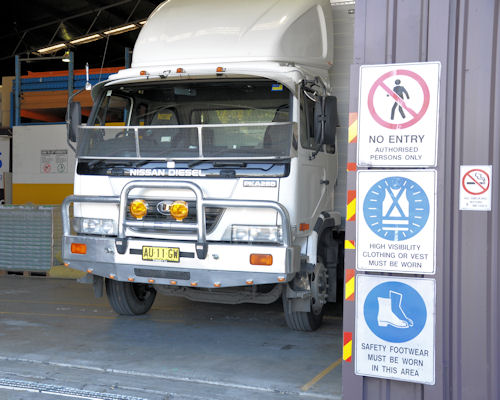 Audio for slide 3 (mp3 |6|KB)
Audio for slide 3 (mp3 |6|KB)
On large sites and in warehouses and factories, there might also be signs up on the wall or at entranceways to alert people to the PPE items required in those areas.
It's important to remember that if the company has made it a requirement to wear PPE, you have a legal obligation to do so.
This means that if you get hurt and you're not wearing the necessary safety gear, you might end up being in trouble with the law, quite apart from any injuries you suffer.
Common symbols
Below are the main symbols you're likely to see on building sites and in suppliers' warehouses.

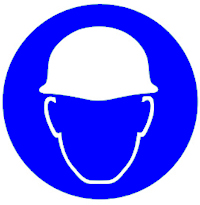 | |
 | |
 | |
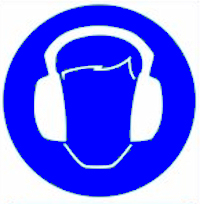 | |
 | |
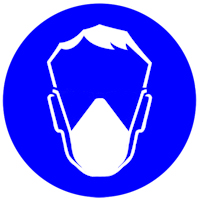 |
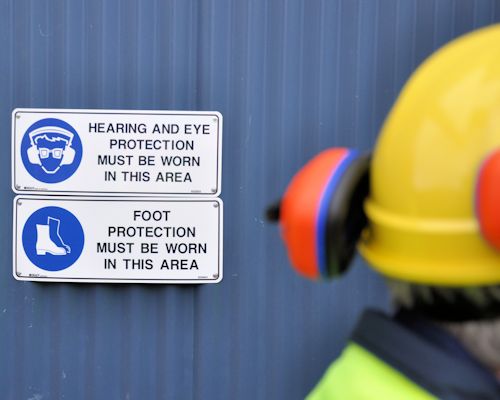

 Go to
Go to